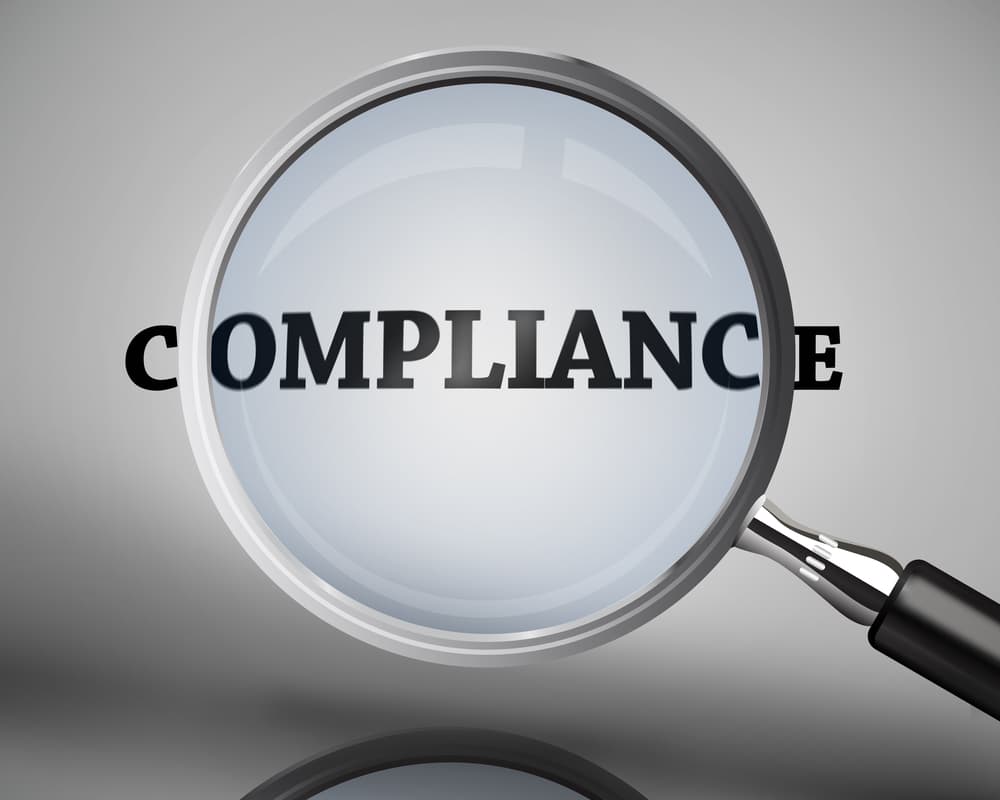The American economy proved in 2020 that certain sectors could operate on a “Work from Home (WFH)” basis for an extended period, but neither management nor employees were keen to continue the experiment permanently.
With COVID-19 vaccines now open to Americans of all ages, many companies are contemplating or transitioning their workforce to the office, but a return to a pre-pandemic status quo workday is not likely.
Instead, the new normal emerging is a post-pandemic, hybrid work model that will have employees split time between the office and remote work.
“A growing number of major employers have announced return-to-work plans in recent weeks, outlining a mix of in-person and virtual work that is being described as permanent, or a new normal,” writes Diana Coker in an April 2021 article for The HR Digest. “The new hybrid culture is a learning curve that all offices planning to adopt the mode will have to undertake.”
WFH Came Overnight … and Stayed
The sudden pace of the coronavirus crisis forced almost 7 in 10 U.S. adults employed full-time or part-time to work remotely “always or some time” in April 2020, according to research by Gallup.
While the percentage of Americans working remotely leveled off from 70 percent to 58 percent in September 2020, WFH not only did not go away, but it also did not budge with 56 percent still working remotely in January 2021.
Interestingly, Gallup found two divergent camps of employees since last summer, one that wanted to continue WFH and the other that longed for a return to the office:
- In July 2020, 28 percent said they preferred to return to the office. In January 2021, 39 percent now said they wished to return to the workplace.
- In July 2020, 37 percent said they preferred WFH or working remotely. In January 2021, 44 percent now want to continue working away from the traditional office.
Hybrid Work Model: Best of Both Worlds
How can companies respond when 85 percent of their workforce have differing opinions of where and how they want to accomplish their jobs?
workforce have differing opinions of where and how they want to accomplish their jobs?
The hybrid model seems to be the emerging answer as it combines the positives learned over the past year from WFH but also adds the office experience back into the mix.
Harvard Business Review published research that Microsoft did on its remote workforce early in the pandemic and found that for all the positives of WFH such as increased flexibility and productivity, along with no commute times, there were negative consequences of mixing work and home life in the same footprint, such as:
- Zoom meetings and computer fatigue
- Mental health issues and loneliness
- Disengagement from company culture
Coker reports that the Microsoft research showed a proclivity for work to be done early in the morning or late at night as families struggled with home life during normal business hours. This was highlighted by the fact that 53 percent of company instant messages were sent between 6 p.m. and midnight each day.
Microsoft is one of those companies returning to a hybrid work model, acknowledging that the office of the future must be different.
“Physical office space must be compelling enough to entice workers to commute in, and include a mix of collaboration and focus areas,” said Microsoft in a white paper. “Meeting rooms and team culture will need to evolve to ensure all voices are heard.”
Companies Get Onboard the Hybrid Train
Microsoft is not the only company answering the siren call of a hybrid work model.
In the past few months, others to announce a post-pandemic work model include:
- Citigroup announced that most of its workforce would work at least three office days each week in a hybrid model.
- Ford announced that 30,000 North American office workers would work in a hybrid model with some meetings and projects in-office and independent work done remotely.
- TIAA announced that about 85 percent of its workforce would work in a hybrid model with 2-to-4 in-office days each week.
Perhaps the company that all HR eyes are on is Google as the tech giant announced that their employees would WFH until at least September 2021 and then a hybrid work model would be put in place.
Google’s hybrid plan was conceived after surveying employees and finding out that 90 percent wanted to spend some time in the office post-pandemic with these three benefits identified:
- Work face-to-face with teammates
- Socialize with teammates
- Collaboration
Hybrid Model Best Practices: A Work in Progress
Just as the shift to WFH a year ago put many companies into unchartered waters, the coming hybrid work model will be a new experience and “best practices” are still a work in progress.
“The number one question I’m getting from companies is how do we do hybrid workforce planning,” Tsedal Neeley, Harvard Business School professor and author of the forthcoming book “Remote Work Revolution, told The Washington Post.
Each company will need to involve its top leadership, managers, and HR to craft a hybrid work model that meets specific needs. This is not a one-size-fits-all situation.
“This is a new world, and you have to accept it as such,” Greg Karol, Lockheed Martin’s chief human resources officer told The Washington Post. “We were a company with only 3 percent full-time telecommuters a year ago. You move to this new phase, I don’t expect them to be experts.”
The Building Blocks of a Hybrid Work Model
Perhaps the most comprehensive research on a hybrid work model was released by PwC in January 2021.
“As a result, by design or default, most companies are heading toward a hybrid workplace where a large number of office employees rotate in and out of offices configured for shared spaces. This model embraces the flexibility that most employees (and some employers) crave after working from home for months,” says the authors of PwC’s “It’s Time to Reimagine Where and How Work Will Get Done”. “It’s also a complicated way to organize the work week and is likely to transform a company’s culture, employee engagement, the way the work gets done and how office space is used.”
Kathy Gurchiek, writing for the Society for Human Resource Management, advises companies to consider these factors when developing a hybrid work model:
- Nature of the employees’ work and the specific jobs they perform: The days of coming to the office to answer emails by yourself are over but many jobs require collaboration and teamwork best done face-to-face
- Personality: Some employees thrive in WFH and others suffer. Tailor schedules to meet individual personalities
- Employee tenure or experience level: Employees new to a company or transitioning to a new job may need face-to-face interaction to succeed while others, especially those with experience, may be able to work more remotely
- Age: Some research has shown that Gen-Z, the youngest generation in the workforce, struggled last year remotely and would benefit from a return to office.
- Timing: It really is everything. Companies need to take the pulse of their workforce in how slow or fast to transition to a new hybrid work model.
The key is flexibility and that is something at Employer Flexible we obviously understand and appreciate. After all, it is in our name!
Contact us today to find out how we can help you with your HR needs, including implementing a hybrid work model that works best for your company.






